In the heart of central Turkey, where the landscape seems to blur the lines between reality and fantasy, the Fairy Chimneys of Cappadocia stand as nature's most extraordinary architectural wonders. These unique geological formations rise like surreal sculptures from the earth, their towering spires and mushroom-shaped caps evoking an otherworldly presence. Yet, the true magic of Cappadocia lies not just in its striking surface features but in the intricate subterranean world that lies beneath—a testament to the resilience and ingenuity of early Christians who sought refuge and built entire underground cities to survive persecution.
The Geological Marvel of Fairy Chimneys
The Fairy Chimneys are a result of millions of years of geological processes. The region of Cappadocia was once covered by volcanic activity, and the hard basalt columns that form the chimneys were created by volcanic eruptions. Over time, the softer rock surrounding these columns eroded away, leaving behind the towering, whimsical formations we see today. These chimneys, some reaching heights of over 130 feet, are a striking example of how nature can sculpt the earth into fantastical shapes.
The unique appearance of the Fairy Chimneys has captured the imagination of visitors for centuries. Their mushroom-shaped caps and conical bodies create a landscape that feels almost alien, as if these formations were crafted by some ancient, otherworldly civilization. The name "Fairy Chimneys" itself is a nod to the local folklore that attributes their creation to magical beings. According to legend, fairies once inhabited these formations, using them as chimneys for their underground homes. While science provides a more grounded explanation, the mystical allure of these formations remains undiminished.
The Hidden World Beneath
While the Fairy Chimneys are a marvel to behold, the true wonder of Cappadocia lies beneath the surface. Early Christians, fleeing persecution from the Roman Empire, sought refuge in this rugged landscape. They discovered that the soft volcanic tuff rock of the region was easily carved, and they began to create intricate cave systems and entire underground cities beneath the Fairy Chimneys. These subterranean dwellings served as sanctuaries during times of invasion and persecution, preserving the legacy of a resilient and resourceful people.
One of the most famous of these underground cities is Derinkuyu, which dates back to the 8th century BCE. Derinkuyu is believed to have housed up to 20,000 people, complete with living quarters, stables, wineries, and even a chapel. The city was designed with multiple levels, connected by narrow passageways and hidden entrances, making it nearly impossible for invaders to penetrate. The inhabitants could seal themselves off from the outside world for months, using the city's extensive ventilation shafts and water wells to sustain life.
Another notable underground city is Kaymakli, which is similar in size and complexity to Derinkuyu. Kaymakli was also used by early Christians to escape persecution, and its labyrinthine tunnels and chambers are a testament to their ingenuity and determination. These underground cities were not just temporary shelters; they were fully functional communities, with systems for food storage, waste disposal, and even schools and places of worship.
The Cultural and Historical Significance
The Fairy Chimneys and the underground cities of Cappadocia are not just geological and architectural wonders; they are also a rich source of cultural and historical significance. The region has been inhabited for thousands of years, with evidence of human activity dating back to the Hittite period. Over the centuries, Cappadocia has been a crossroads of civilizations, influenced by the Hittites, Persians, Greeks, Romans, and Byzantines.
The early Christians who sought refuge in Cappadocia left behind a rich legacy of art and architecture. The walls of the underground churches and chapels are adorned with frescoes and mosaics, depicting scenes from the Bible and the lives of saints. These artworks provide a glimpse into the spiritual lives of the people who once lived here and are a testament to their faith and resilience.
The region is also home to numerous rock-cut churches and monasteries, such as the Goreme Open-Air Museum. This UNESCO World Heritage site contains several cave churches, each with its own unique frescoes and architectural features. The frescoes in these churches are some of the finest examples of Byzantine art, showcasing the skill and creativity of the artists who painted them.
The Modern Appeal of Cappadocia
Today, the Fairy Chimneys and the underground cities of Cappadocia continue to attract visitors from around the world. The region's unique landscape and rich history make it a popular destination for tourists, archaeologists, and historians alike. Visitors can explore the underground cities, marvel at the rock-cut churches, and take in the breathtaking views of the Fairy Chimneys.
Cappadocia also offers a range of activities for visitors, from hot air balloon rides over the fairy chimneys to guided tours of the underground cities. The region is home to several charming towns and villages, such as Goreme and Uchisar, where visitors can stay in cave hotels and experience the unique hospitality of the area.
The local community has embraced tourism as a way to preserve and share their rich cultural heritage. Many of the underground cities and rock-cut churches have been carefully restored and maintained, ensuring that future generations can continue to learn from and appreciate these remarkable sites. The region's unique landscape and history have also inspired a thriving arts and crafts scene, with local artisans creating beautiful pottery, textiles, and other handicrafts.
The Fairy Chimneys of Cappadocia are a testament to the incredible power of nature to shape the earth into fantastical forms. These geological wonders, with their towering spires and mushroom-shaped caps, are a sight to behold. Yet, the true magic of Cappadocia lies beneath the surface, in the intricate underground cities and rock-cut churches that were created by early Christians seeking refuge from persecution. The region's rich history and cultural heritage make it a place of profound significance, where the past and present converge in a breathtaking landscape.
The Fairy Chimneys and the underground cities of Cappadocia are a reminder of the resilience and ingenuity of the human spirit. They are a testament to the enduring power of faith and the importance of preserving our cultural and natural heritage. As visitors explore this remarkable region, they are not just witnessing the beauty of nature and the ingenuity of human craftsmanship; they are also connecting with a rich and storied past that continues to inspire and awe.
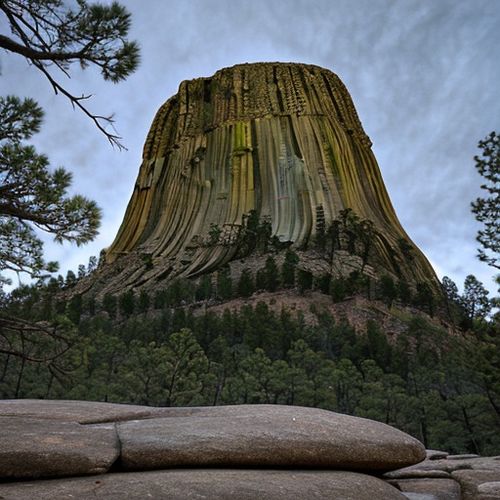
By Natalie Campbell/Apr 27, 2025
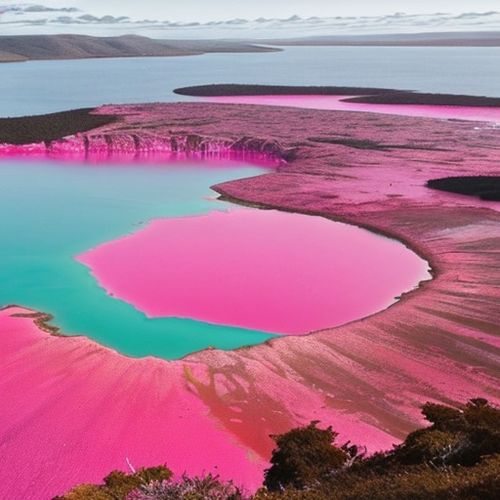
By Olivia Reed/Apr 27, 2025

By Noah Bell/Apr 27, 2025
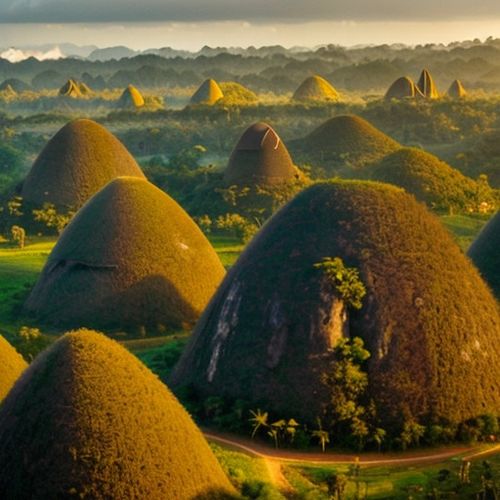
By Jessica Lee/Apr 27, 2025
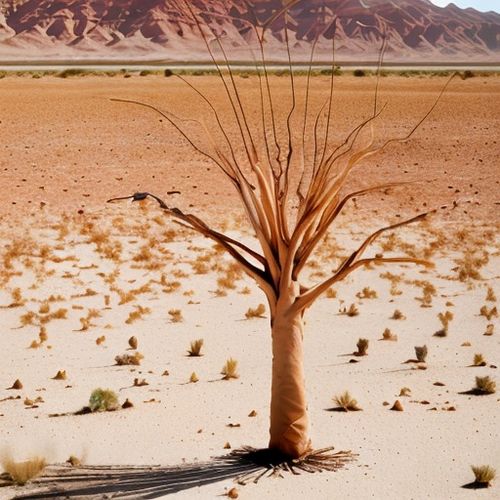
By Daniel Scott/Apr 27, 2025
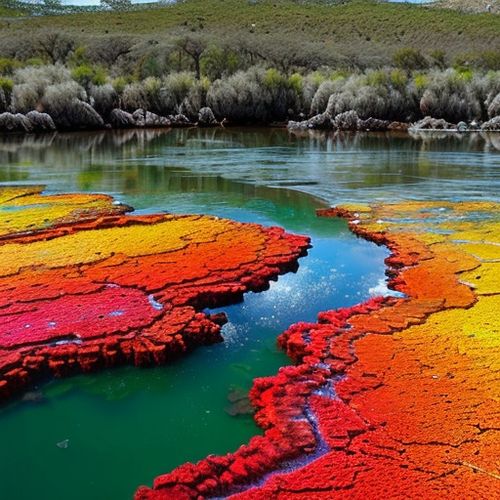
By Grace Cox/Apr 27, 2025
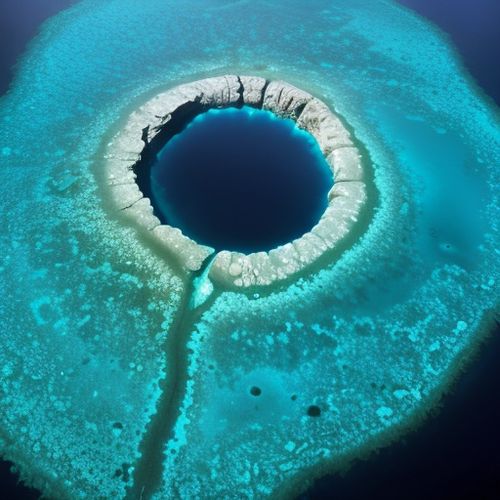
By Michael Brown/Apr 27, 2025

By Amanda Phillips/Apr 27, 2025
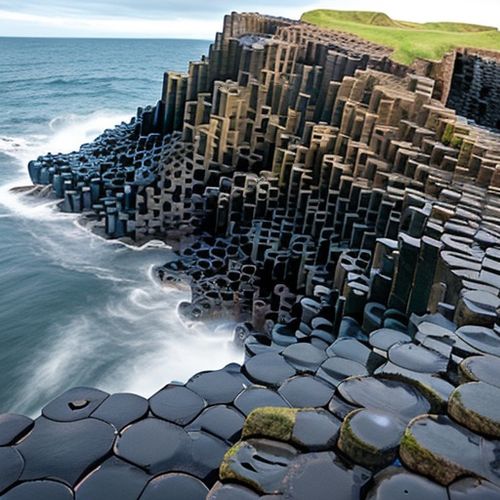
By Ryan Martin/Apr 27, 2025
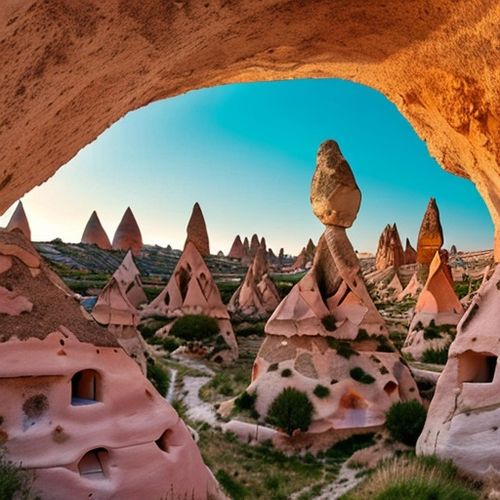
By Victoria Gonzalez/Apr 27, 2025

By Natalie Campbell/Apr 27, 2025
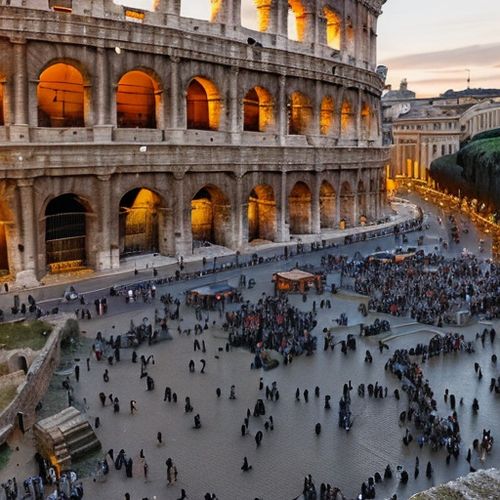
By Ryan Martin/Apr 11, 2025
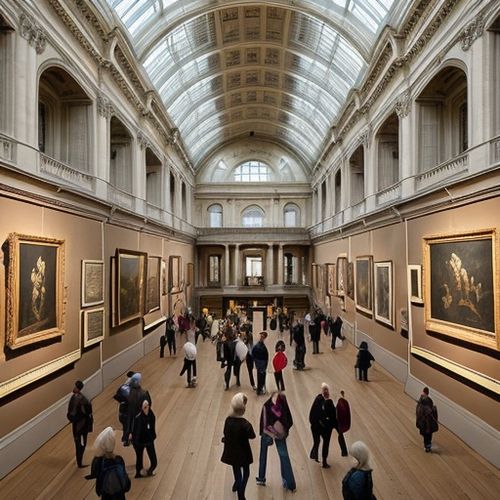
By Sophia Lewis/Apr 11, 2025

By David Anderson/Apr 11, 2025
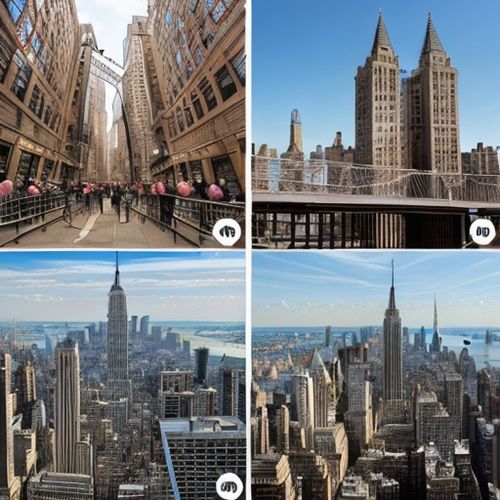
By Rebecca Stewart/Apr 11, 2025

By Thomas Roberts/Apr 11, 2025
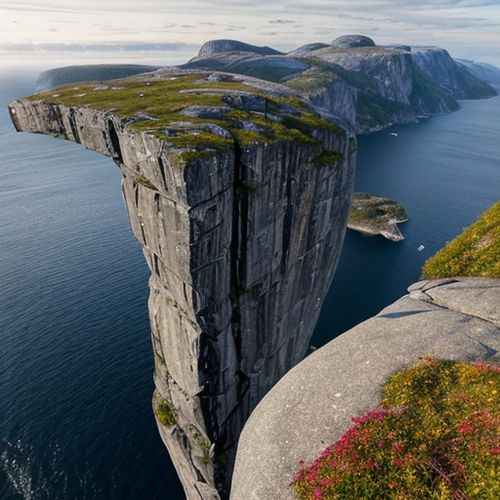
By Thomas Roberts/Apr 11, 2025

By Elizabeth Taylor/Apr 11, 2025

By Thomas Roberts/Apr 11, 2025
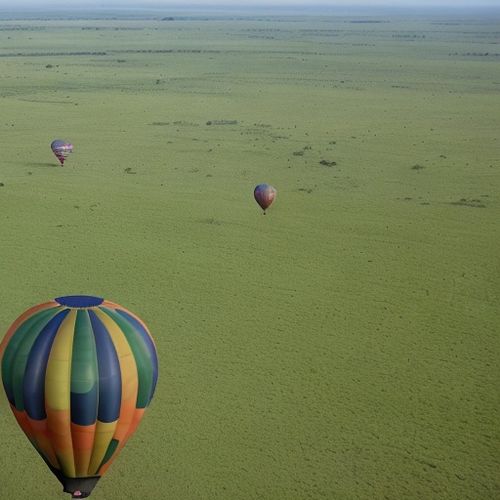
By Eric Ward/Apr 11, 2025